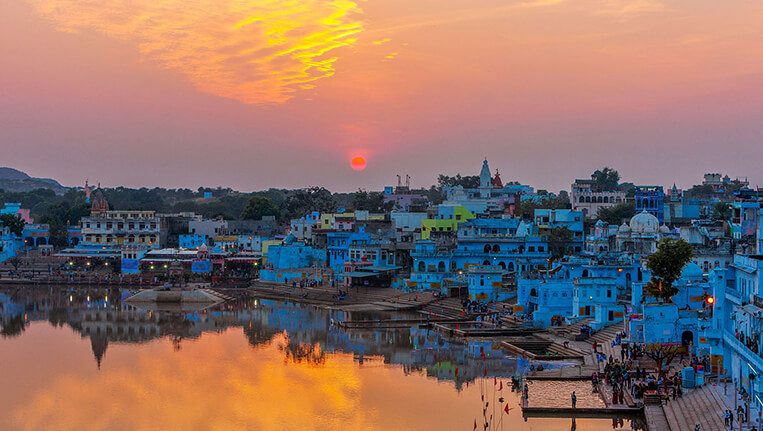
Few years back, I was attending a convention, where a very renowned Architect was making a presentation about his works on the urban scale. In the question time slot, a young student got up and asked the architect presenting his great projects, this question. The architect was at a loss of words to answer. Did we ever think about it? The question was very innocent but sharp.
This set my mind thinking. The statement made by the student was so correct. The Historic Cities do really look beautiful, much more beautiful than the modern cities. In spite of all the technological and material advancements made in all these years, the Historic Cities still score better. As I kept on thinking, I could not find one, but multiple reasons for this.
Unique Architectural Style
All the Historic Cities have a unique architectural style. There is a mind boggling variety of architectural elements which are unique to each cultural zone and cities. All historic buildings and Cities were built by the materials which are locally available. They are examples of sustainability and show how to live in harmony with nature.

Whereas in comparison to this, most of the modern building don’t have uniqueness in architecture style. Most of the modern buildings and Cities in contrast are made of frigid materials like glass, aluminium and steel. The modern building bye-laws and planning principles are also western concept which have been adopted by us with scant regard to our own lifestyle.
Now there is huge carbon footprint, environmental degradation, social isolation and a host of other problems. All of these grave threats to mankind are a direct result of not continuing the building principles of our traditional systems.
Human Scale
When we move inside the Historic Cities we feel the human scale of the whole settlement. The buildings, the streets and the whole towns were in human scale and hence we feel so connected with the spaces in the Historic Cities.
Most the modern buildings and Cities are lacking this aspect. In Historic Cities there was always a hierarchy of spaces, starting from the personal to the public. In modern cities the only hierarchy is that of the width of road, and even that is not available in most of the cities.
Cultural Connect
The spaces in the Historic Cities provide for the cultural activities that take place around the year. Culture helps us keep connected to our spiritual side thereby bringing mental peace.

Again, the new Cities are found wanting in this aspect too. Historic towns have all the spaces to perform all the functions in human life at a very comfortable location. It’s not so in modern Cities. Modern Cities necessitate the need for personal vehicles and great mobility, whereas in the historical cities things were available at walking distances.
In a nutshell, each Historic City has a unique story to tell which tugs at our hearts and connects to our own stories bringing a great sense of belongingness. Modern cities have produced the environmental degradation which we are fighting. It’s a self-made disaster and can be controlled with a new pragmatic thinking in which we can learn from the past.
Checkout our other blogs at: https://medium.com/@lavanyaarchitects
Disclaimer
The vastu information is provided for general informational and educational purposes only and is not a substitute for professional advice. Accordingly, before taking any actions based upon such information, we encourage you to consult with the appropriate professionals.
